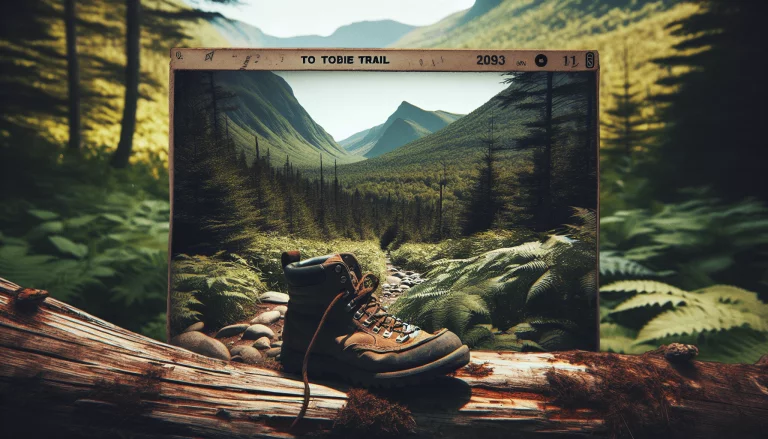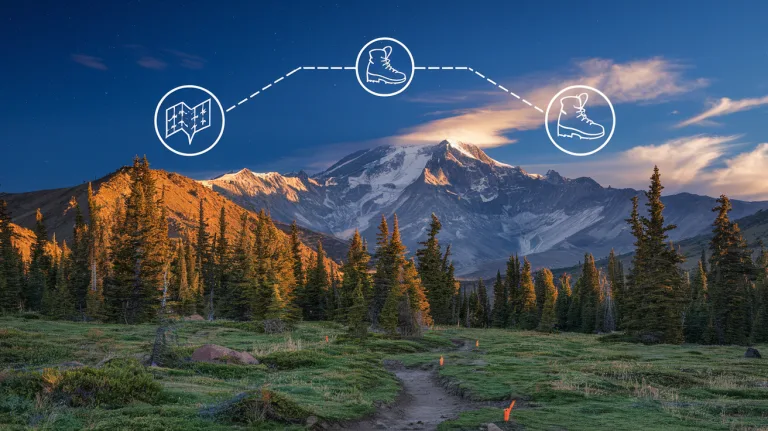Scaling Heights: World’s Most Challenging Mountain Climbs
Imagine standing at the base of a towering mountain, feeling a mix of excitement and trepidation as you prepare to embark on a thrilling adventure. In this article, we will take you on a journey to explore the world’s most challenging mountain climbs, offering a glimpse into the awe-inspiring landscapes and the incredible feats of human endurance that go into conquering these majestic peaks. From the treacherous slopes of Mount Everest to the icy precipices of K2, get ready to be captivated by the sheer magnitude and beauty of these extraordinary mountaineering challenges. Lace up your boots, strap on your gear, and let’s begin our ascent together.
Mount Everest: The Ultimate Challenge
Overview of Mount Everest
Mount Everest, standing tall at a staggering height of 29,029 feet, is the ultimate dream for every mountaineer. Located in the majestic Himalayas, Everest offers an incredible and awe-inspiring journey to those who dare to conquer its summit. Scaling Everest is not only a physical test but also a mental and emotional challenge that pushes you to your limits. The journey to the top requires endurance, determination, and a deep sense of adventure.
Potential Risks and Dangers
Climbing Mount Everest is not for the faint of heart. It presents various risks and dangers that climbers must be prepared for. The extreme altitude can lead to altitude sickness, potentially causing life-threatening conditions, including high altitude cerebral edema (HACE) and high altitude pulmonary edema (HAPE). The harsh and unpredictable weather conditions on Everest pose another significant risk, with sudden storms and blizzards being common occurrences. Additionally, the treacherous Khumbu Icefall, avalanches, and crevasses further add to the dangers that climbers face.
Required Skill Level
Scaling Mount Everest requires a high level of climbing expertise and physical fitness. Prior mountaineering experience, preferably on other high-altitude peaks, is essential to understand the unique challenges of Everest. It is crucial to have well-rounded technical skills, including glacier travel, ice climbing, and rope management. Physical stamina, mental resilience, and the ability to endure long periods of extreme conditions are also prerequisites for taking on this formidable challenge.
K2: Savage Mountain
Introduction to K2
Known as the Savage Mountain, K2 is the second-highest peak in the world, standing proudly at 28,251 feet. Located in the Karakoram Range on the border of Pakistan and China, this mountain presents a unique set of challenges even for the most seasoned climbers. K2’s steepness, unpredictable weather, and technical climbing routes make it a true test of courage and skill.
Common Challenges on the K2 Trek
The K2 trek is notorious for its treacherous nature. The constant threat of avalanches, rockfalls, and sudden storms adds to the difficulty of the climb. The notorious “Bottleneck” section, a narrow couloir near the summit, is known for its extreme exposure and prone to dangerous bottlenecks of climbers. The route demands technical expertise in ice and rock climbing, as well as familiarity with fixed ropes and high-altitude mountaineering.
Essential Climbing Skills
Climbing K2 requires exceptional mountaineering skills. Proficiency in ice climbing, mixed climbing, and rock climbing is essential to maneuver through the challenging terrain. The ability to navigate steep slopes, cross crevasses, and ascend vertical sections is crucial for a successful summit attempt. Mental fortitude, adaptability, and quick decision-making skills are also vital when facing the unpredictable conditions on K2.
Kangchenjunga: The Five Treasure of Snow
About Kangchenjunga
Kangchenjunga, revered as the Five Treasures of Snow, is a majestic mountain in the eastern Himalayas. Standing at 28,169 feet, it offers a challenging and rewarding climb for adventurous souls. The pristine surroundings, breathtaking views, and rich local culture make Kangchenjunga a truly remarkable destination for mountaineers seeking a unique experience.
Notable Challenges and Hazards
Scaling Kangchenjunga is not without its challenges. The remoteness of the mountain poses logistical difficulties, with limited access to medical facilities and supplies. The treacherous glaciers, steep slopes, and technical sections demand exceptional climbing skills. Moreover, the unpredictable weather conditions, including frequent snowstorms, further add to the risks. Proper acclimatization and careful route planning are crucial for a successful summit attempt.
Necessary Skills for Climbing
Mountaineers attempting Kangchenjunga must possess advanced mountaineering skills. Proficiency in snow and ice climbing, as well as knowledge of rope techniques, is essential for navigating the mountain’s demanding terrain. Excellent physical fitness, mental resilience, and the ability to withstand harsh conditions for prolonged periods are also prerequisites for a safe and successful climb.
Lhotse: High Risk, High Reward
Understanding Lhotse
Lhotse, located in the Everest region of Nepal, is the fourth-highest mountain in the world, standing proudly at 27,940 feet. It shares much of its route with Mount Everest’s South Col route, making it an attractive choice for climbers aiming to conquer both peaks. Lhotse offers a thrilling and challenging climb that rewards adventurers with stunning views and a profound sense of achievement.
Potential Dilemmas for Lhotse Climbers
Climbing Lhotse poses several potential dilemmas for mountaineers. The altitude and extreme cold can lead to severe altitude sickness and frostbite. The Khumbu Icefall, notorious for its unstable nature, poses a significant threat to climbers, requiring careful navigation. The challenging ice and rock sections, including the Lhotse Face and the Yellow Band, demand advanced technical climbing skills. Furthermore, the unpredictable weather conditions and crowded climbing routes must be carefully managed.
Skillset Requirement
Conquering Lhotse requires a high level of technical expertise and physical fitness. Advanced mountaineering skills, including ice climbing, mixed climbing, and high-altitude mountaineering, are essential for tackling the challenging terrain. The ability to navigate crevasses, ascend steep slopes, and use fixed ropes is crucial for a safe and successful summit attempt. Endurance, mental resilience, and the ability to make sound decisions under pressure are also vital traits for Lhotse climbers.







